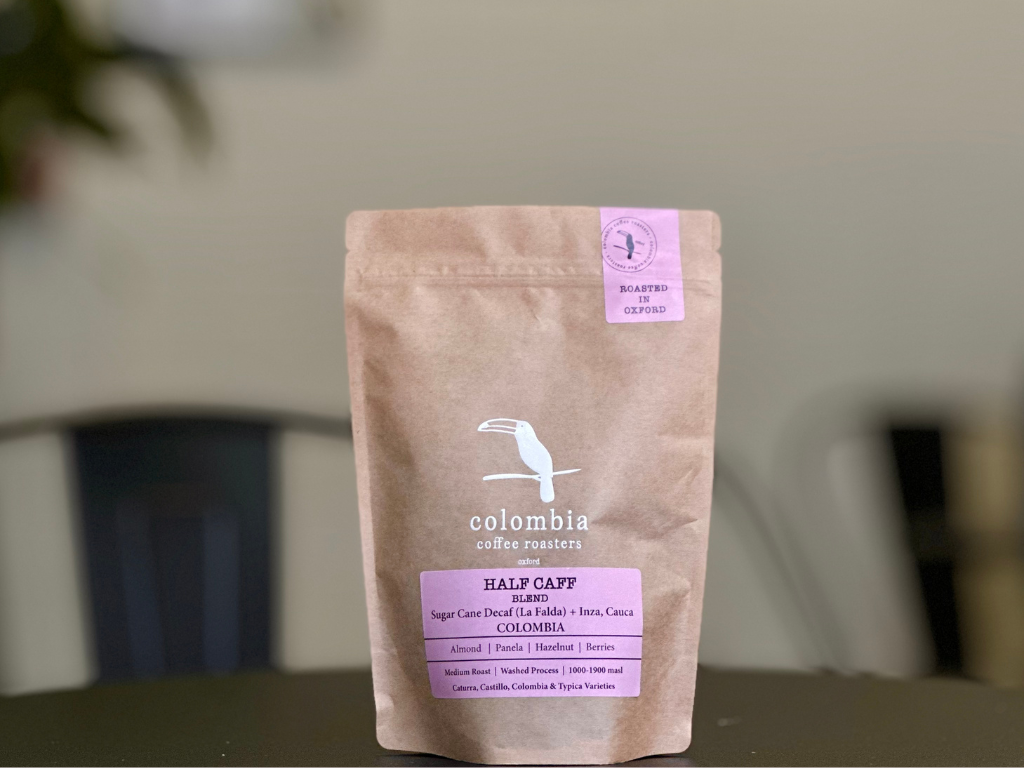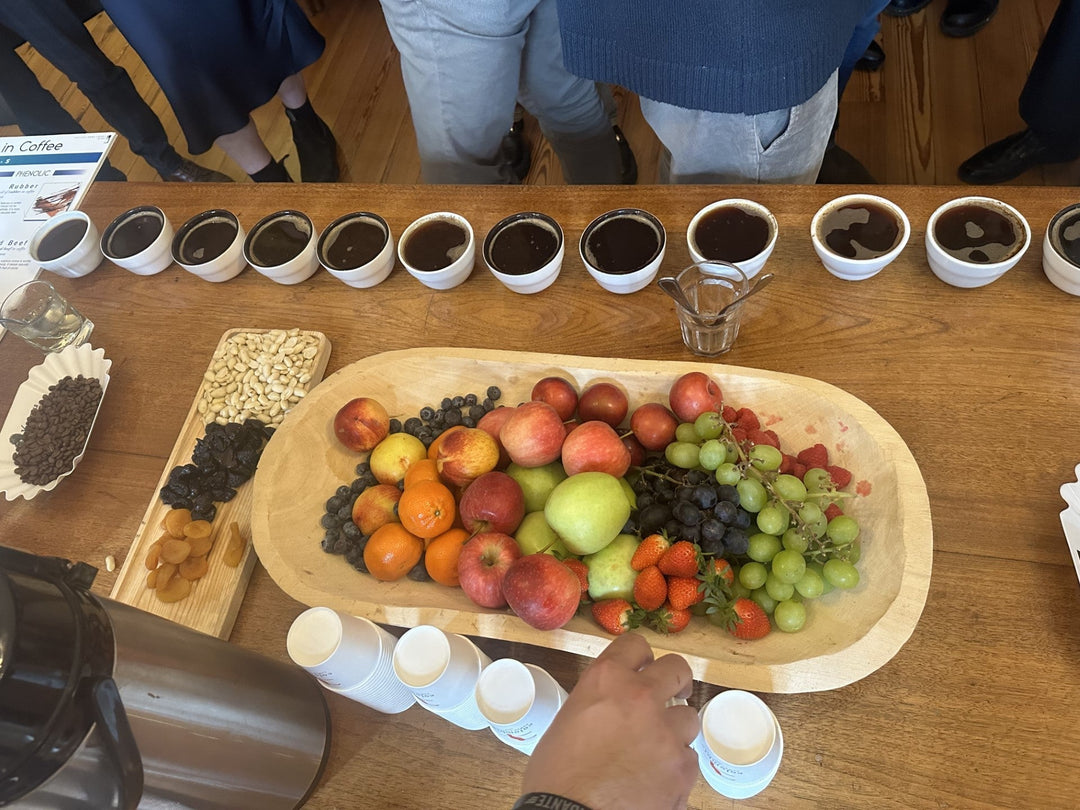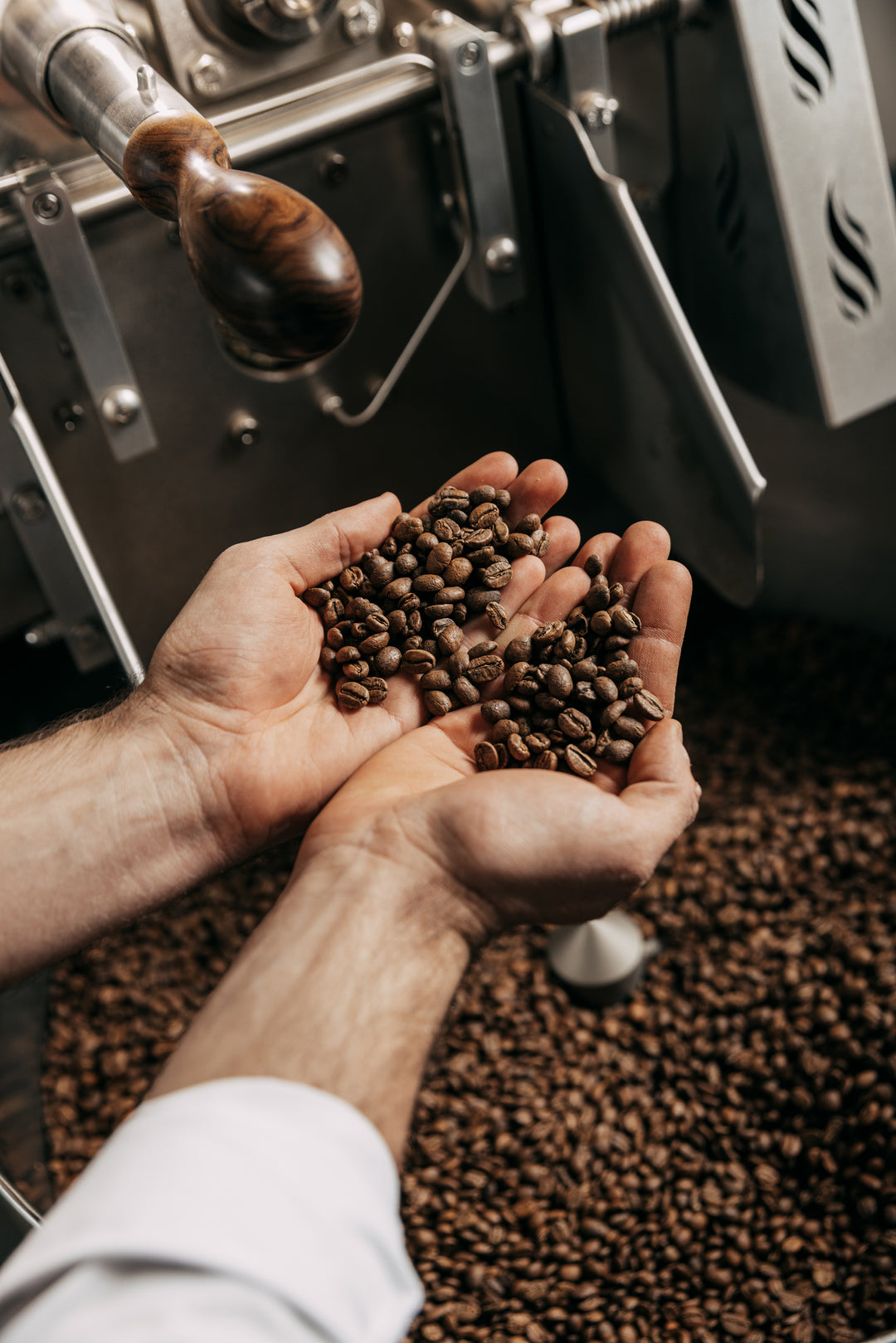Coffee TDS

What Is TDS?
Total Dissolved Solubles are essentially coffee solubles that have dissolved and have made it into your cup of coffee. Essentially, these solubles are organic matter such as magnesium and calcium that help extract coffee into your cup. TDS is a reflection of how extracted your coffee is. In some instances, TDS is a good indicator as to how well extracted your coffee is.
Total Dissolved Solubles are usually measured by the percentage of how many TDS are present in the coffee with an aim of about 18-22%. Anything more or less can leave the cup tasting over or under-extracted. However, this can change depending on the coffee. Because of this, TDS has a lot of other variables that contribute to this such as roast profiles, which can affect how many total dissolved solubles are involved.
How Control TDS In Your Cup
TDS can be controlled by a few different methods. First and foremost, it can be understood and controlled by the different roast profiles and brew methods. On a roast spectrum, the darker the roast the more solubles present, and the lighter the roast the fewer solubles present. With this in mind, it’s commonly better to do shorter extractions with a finer grind for darker roasts to extract more soluble in a short amount of time. On the contrary, it’s commonly better to do longer extractions with a more medium-coarse grind for lighter roasts to have more control of the solubles that are extracted.
Similarly, TDS can also be controlled by brew ratios and water quality. Brew ratios are important as they can help balance the extraction of the coffee and control how many solubles are extracted. Water quality is also important because of the minerals that are present in water. Harder water typically has more mineral content which can cause an over-extraction while softer water doesn’t have enough minerals to extract the coffees properly. These minerals are organic matters that help extract a necessary amount of solubles in your coffee.

Brewing coffee shop quality can be difficult at times, especially when consistency is an issue. However, while TDS is an important way to understand coffee extraction and consistency in your cup, it is at times too much science and sometimes unnecessary for the average home consumer.
If you’re looking to step-up your home coffee brewing, check out our brewing tools here!








